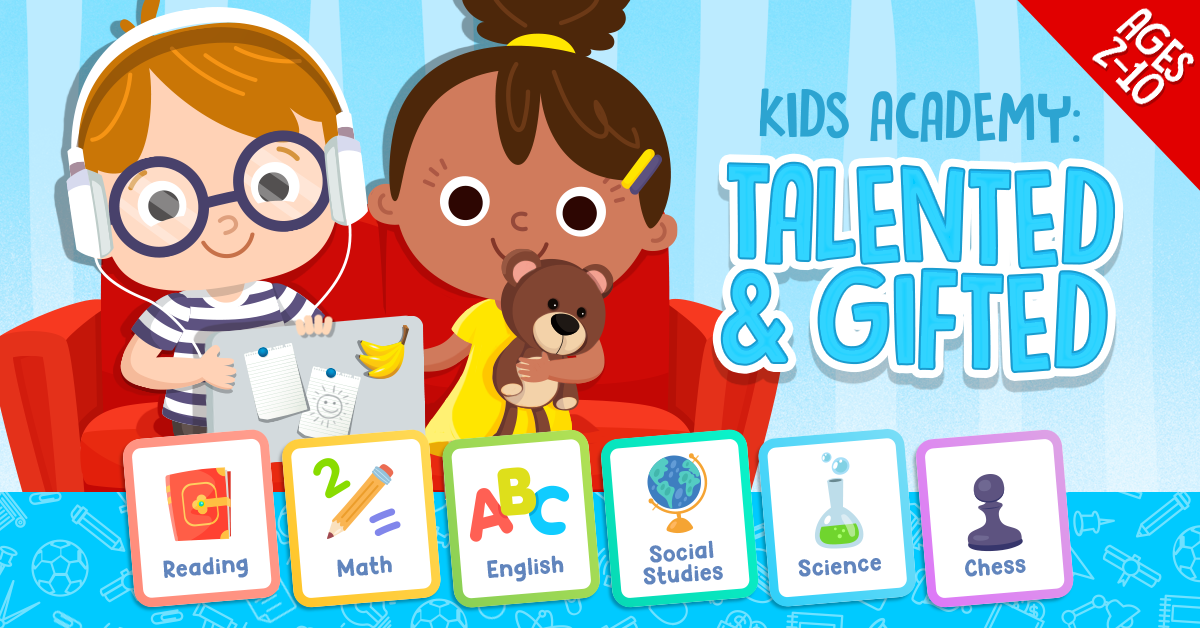Normal Poems worksheets activities for Ages 5-7
7 filtered results
-
From - To
Discover engaging "Normal Poems" worksheets designed specifically for children aged 5-7. These fun activities invite young learners to explore the rhythm and magic of poetry through colorful templates and engaging prompts. Each worksheet includes interactive elements that foster creativity, language development, and comprehension skills. Kids will enjoy crafting their own poems, identifying themes, and interpreting meaning, all while enhancing their literacy skills. Perfect for both classroom and home settings, our resources are tailored to nurture a love for language and inspire the poets of tomorrow. Explore our versatile collection and watch your child's imagination soar through the world of poetry!
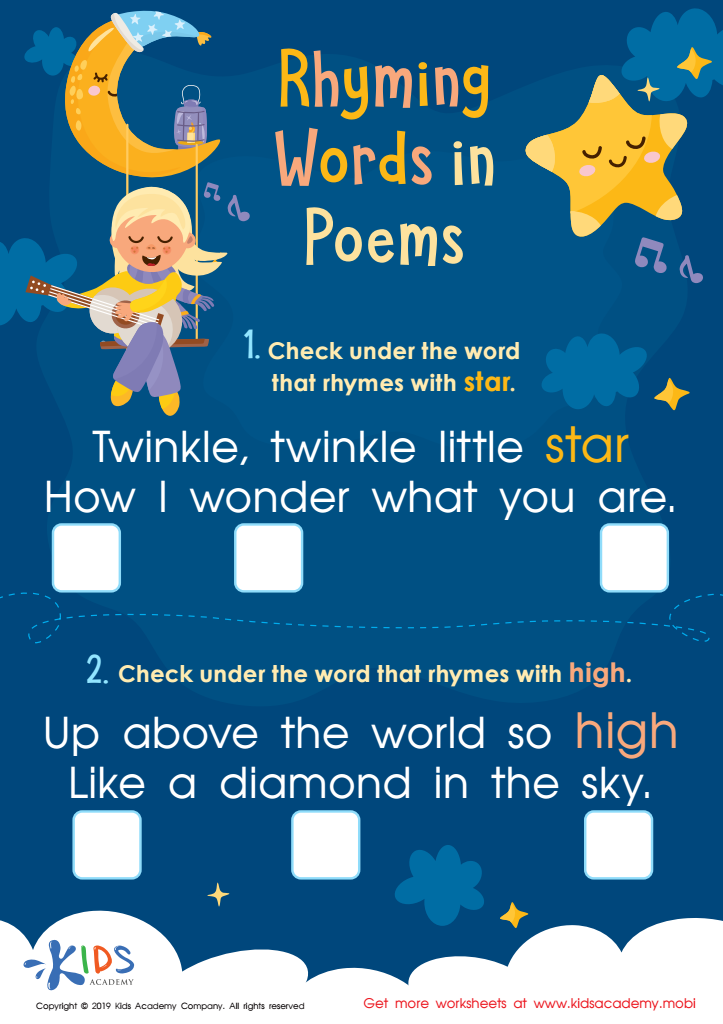

Rhyming Words in Poems Worksheet
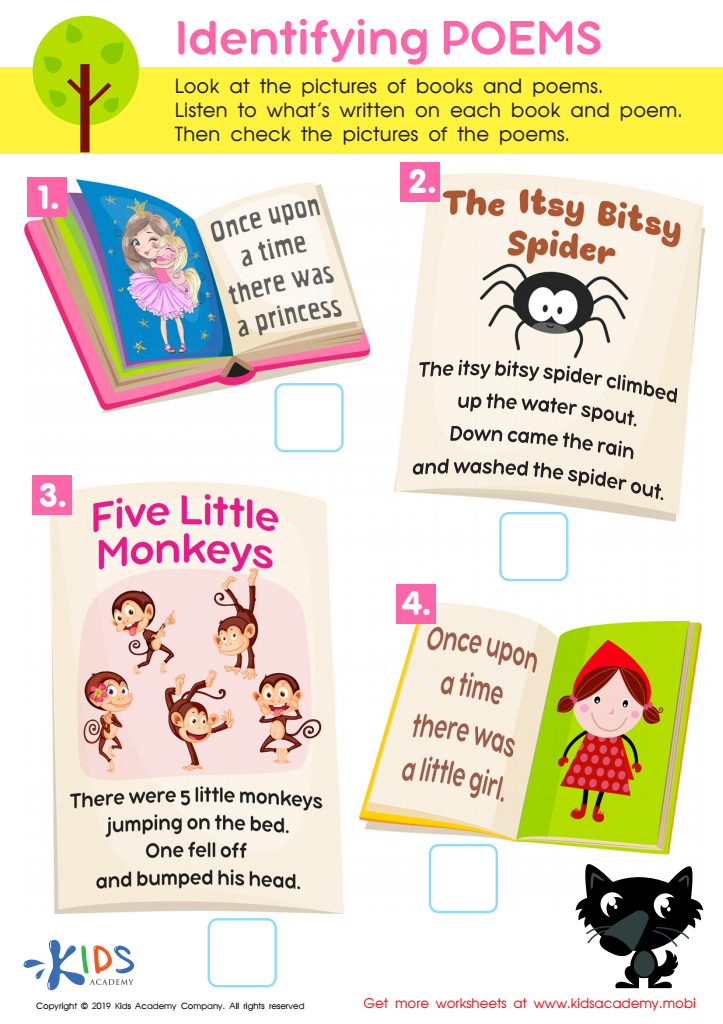

Identifying Poems Worksheet
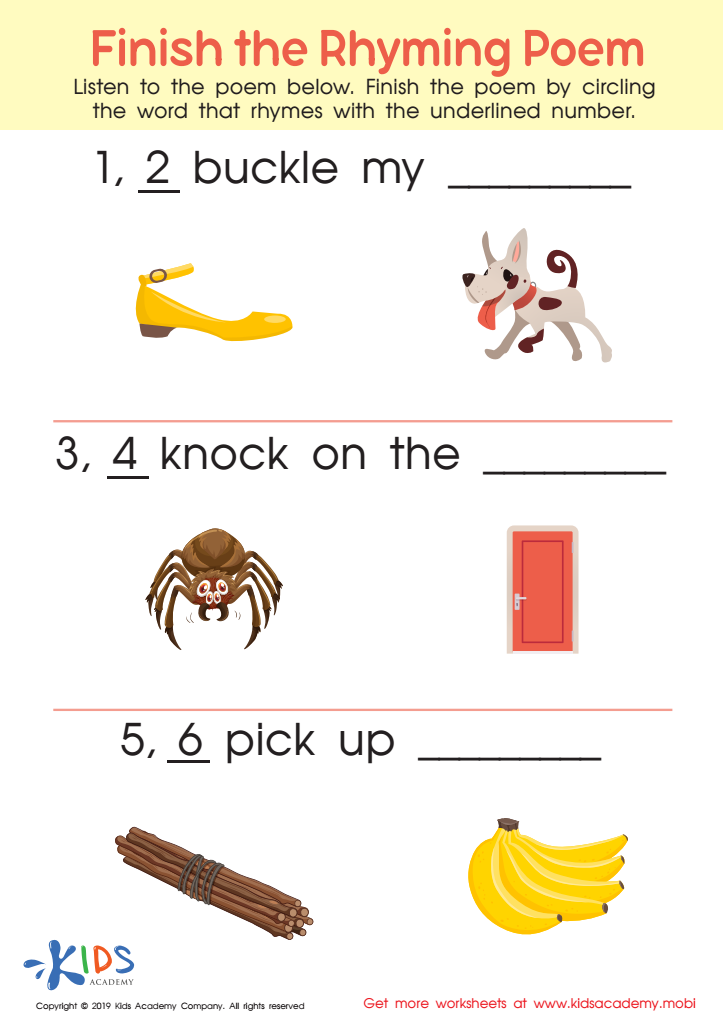

Finish Rhyming Poem Worksheet
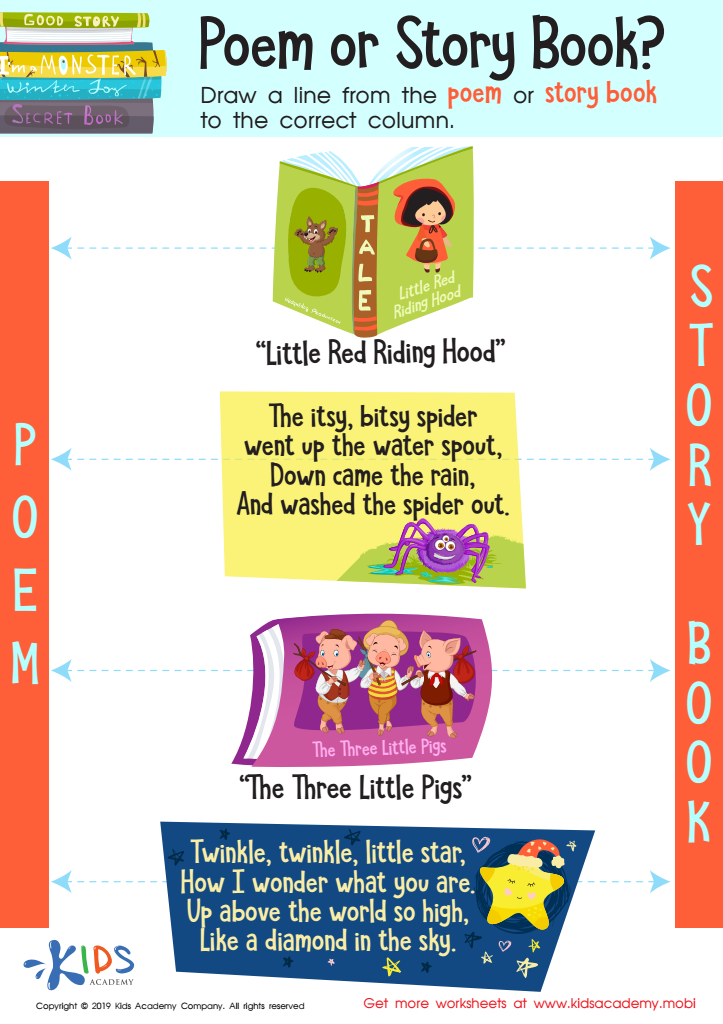

Poem or Story Book? Worksheet
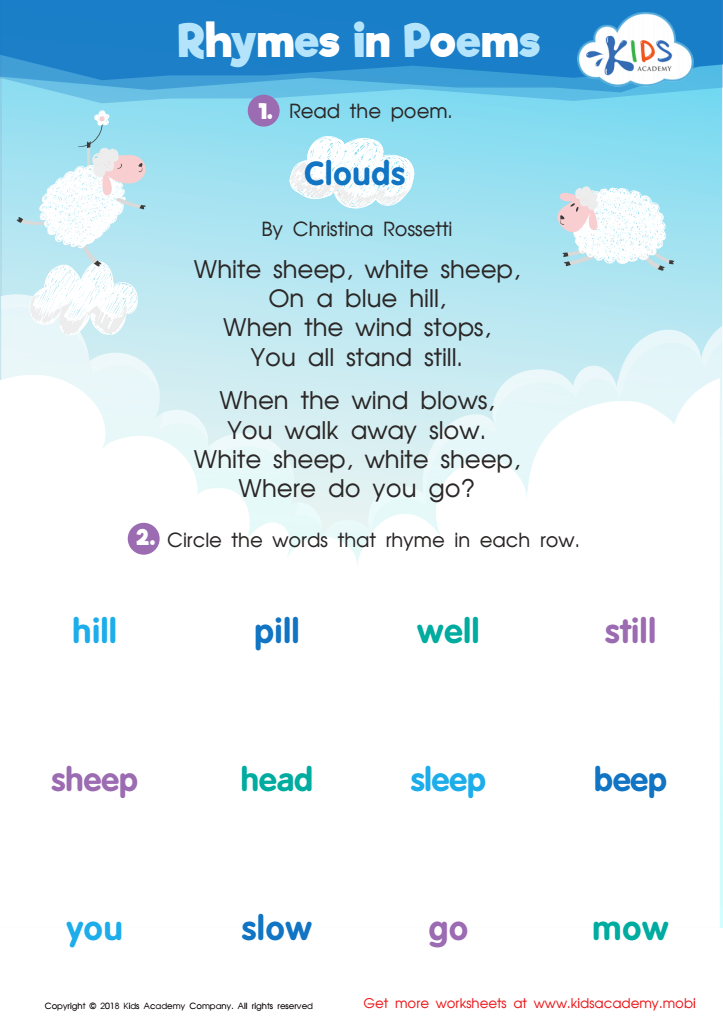

Rhymes in Poems Worksheet
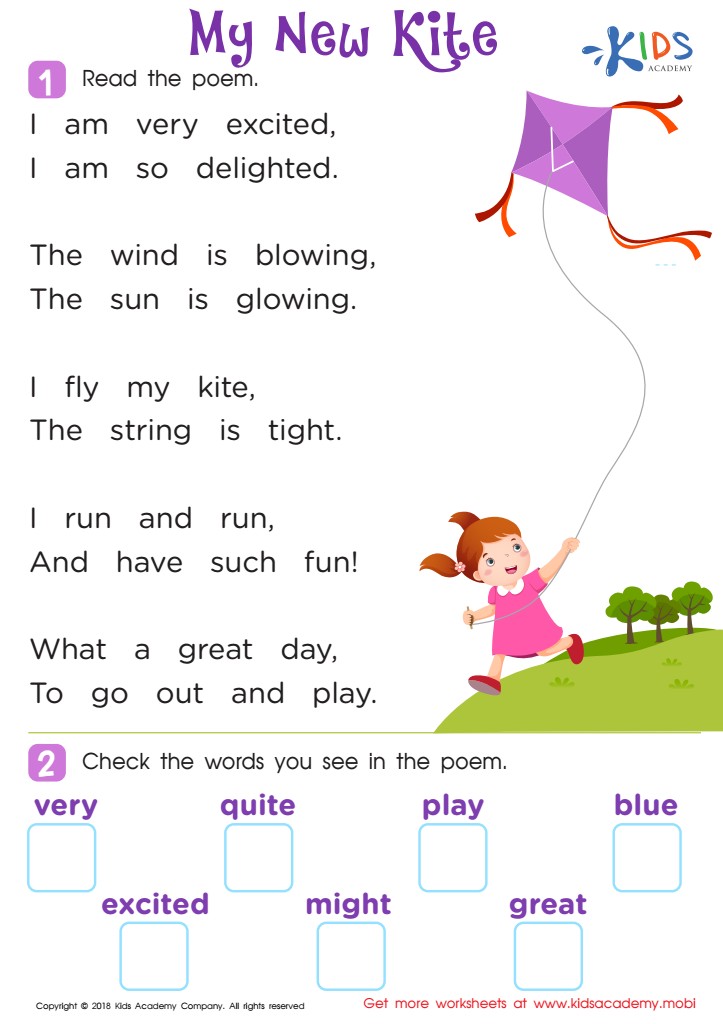

Poem: My New Kite Worksheet
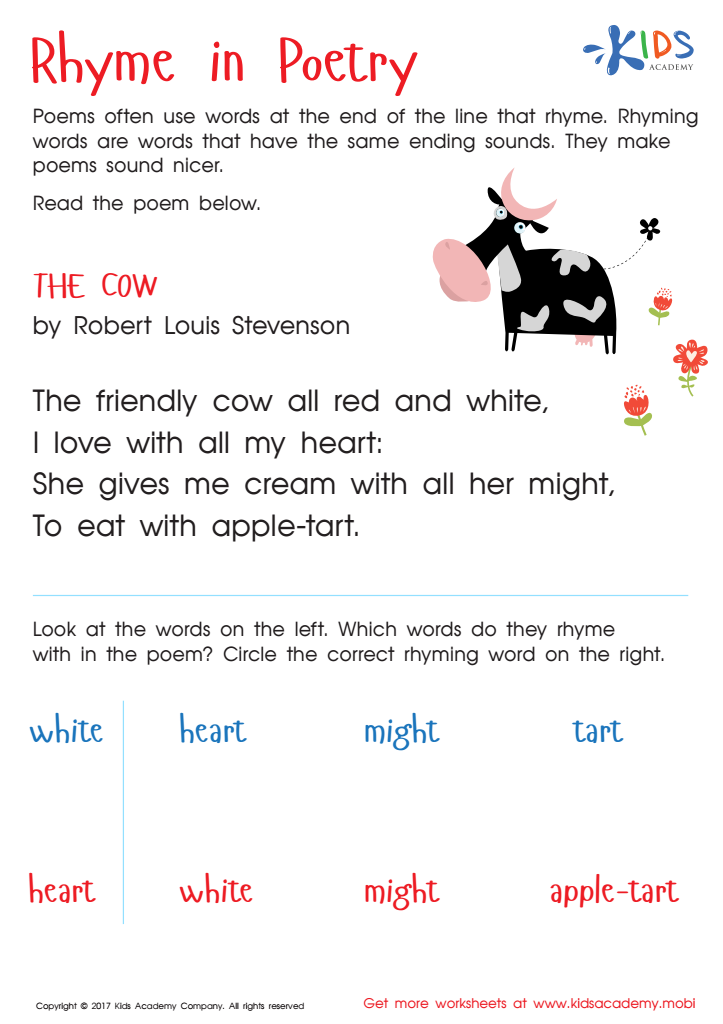

Rhyme In Poetry Worksheet
Parents and teachers should care about Normal Poems activities for ages 5-7 because poetry plays a crucial role in early literacy development. At this age, children are rapidly expanding their vocabulary and understanding of language. Engaging with simple, rhythmic, and rhyming poems helps children develop phonemic awareness, which is foundational for reading.
Normal Poems activities also foster creativity and self-expression. When children are encouraged to create their own poems, they learn to articulate their feelings and thoughts, building their confidence. Furthermore, these activities promote listening skills, as children learn to hear and appreciate the sound patterns and emotions in poetry.
Moreover, poetry can be a bridge to discussing broader themes such as nature, emotions, or social interactions. This is valuable for holistic development, helping children build empathy and understand the world around them.
Finally, incorporating poems into the curriculum can make learning enjoyable. Fun and interactive poetic activities encourage participation and foster a love for language and literature. Overall, investing in Normal Poems activities enriches children’s educational experiences, supports literacy, and nurtures their creativity—elements essential for their growth during these formative years.

 Assign to My Students
Assign to My Students



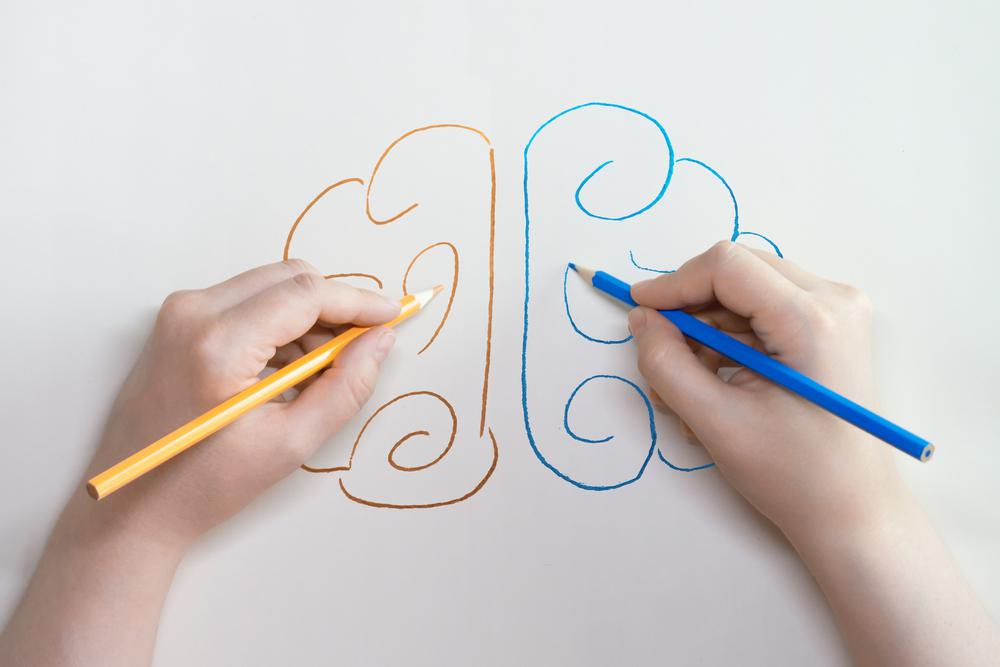
.jpg)

